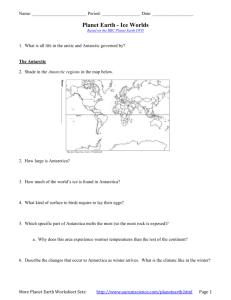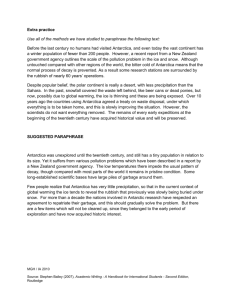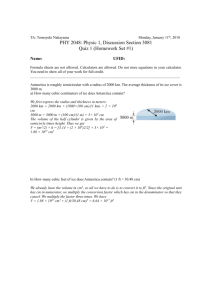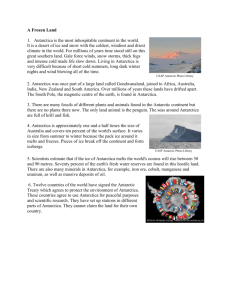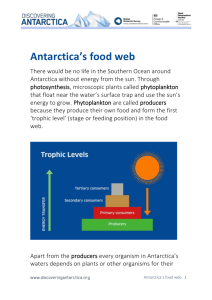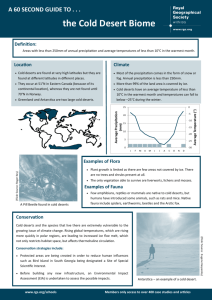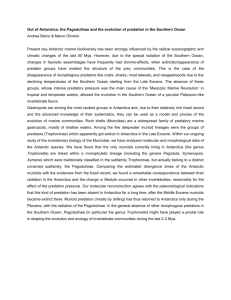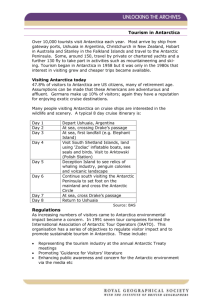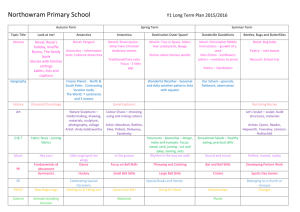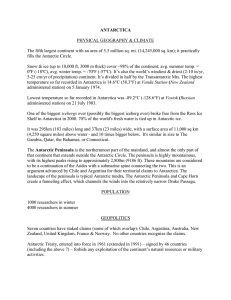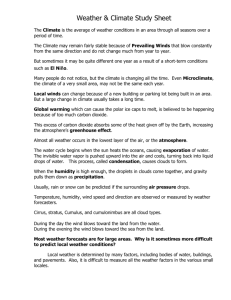Precipitation Retrievals from Microwave Satellite Measurements on
advertisement
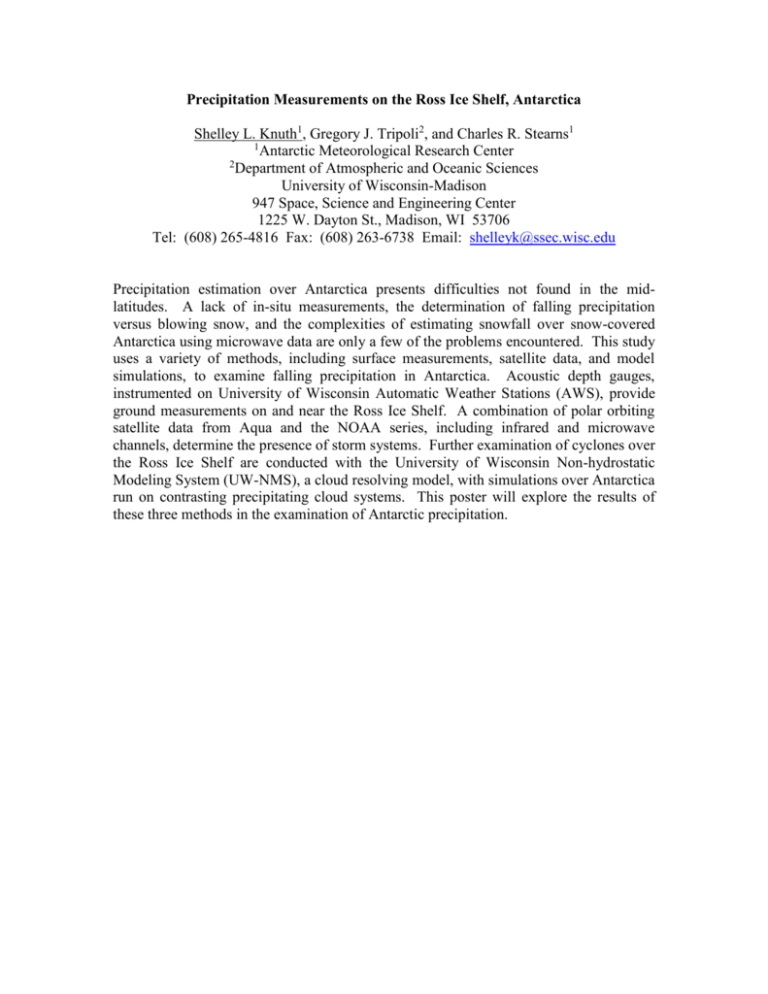
Precipitation Measurements on the Ross Ice Shelf, Antarctica Shelley L. Knuth1, Gregory J. Tripoli2, and Charles R. Stearns1 1 Antarctic Meteorological Research Center 2 Department of Atmospheric and Oceanic Sciences University of Wisconsin-Madison 947 Space, Science and Engineering Center 1225 W. Dayton St., Madison, WI 53706 Tel: (608) 265-4816 Fax: (608) 263-6738 Email: shelleyk@ssec.wisc.edu Precipitation estimation over Antarctica presents difficulties not found in the midlatitudes. A lack of in-situ measurements, the determination of falling precipitation versus blowing snow, and the complexities of estimating snowfall over snow-covered Antarctica using microwave data are only a few of the problems encountered. This study uses a variety of methods, including surface measurements, satellite data, and model simulations, to examine falling precipitation in Antarctica. Acoustic depth gauges, instrumented on University of Wisconsin Automatic Weather Stations (AWS), provide ground measurements on and near the Ross Ice Shelf. A combination of polar orbiting satellite data from Aqua and the NOAA series, including infrared and microwave channels, determine the presence of storm systems. Further examination of cyclones over the Ross Ice Shelf are conducted with the University of Wisconsin Non-hydrostatic Modeling System (UW-NMS), a cloud resolving model, with simulations over Antarctica run on contrasting precipitating cloud systems. This poster will explore the results of these three methods in the examination of Antarctic precipitation.



